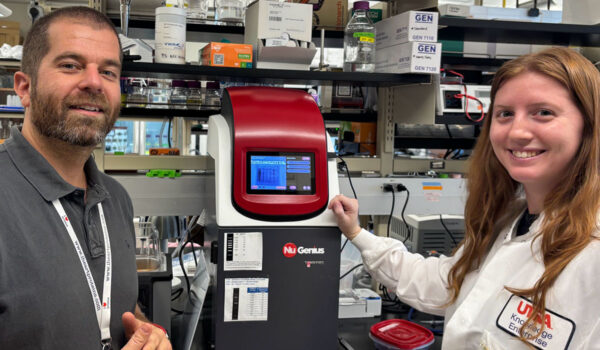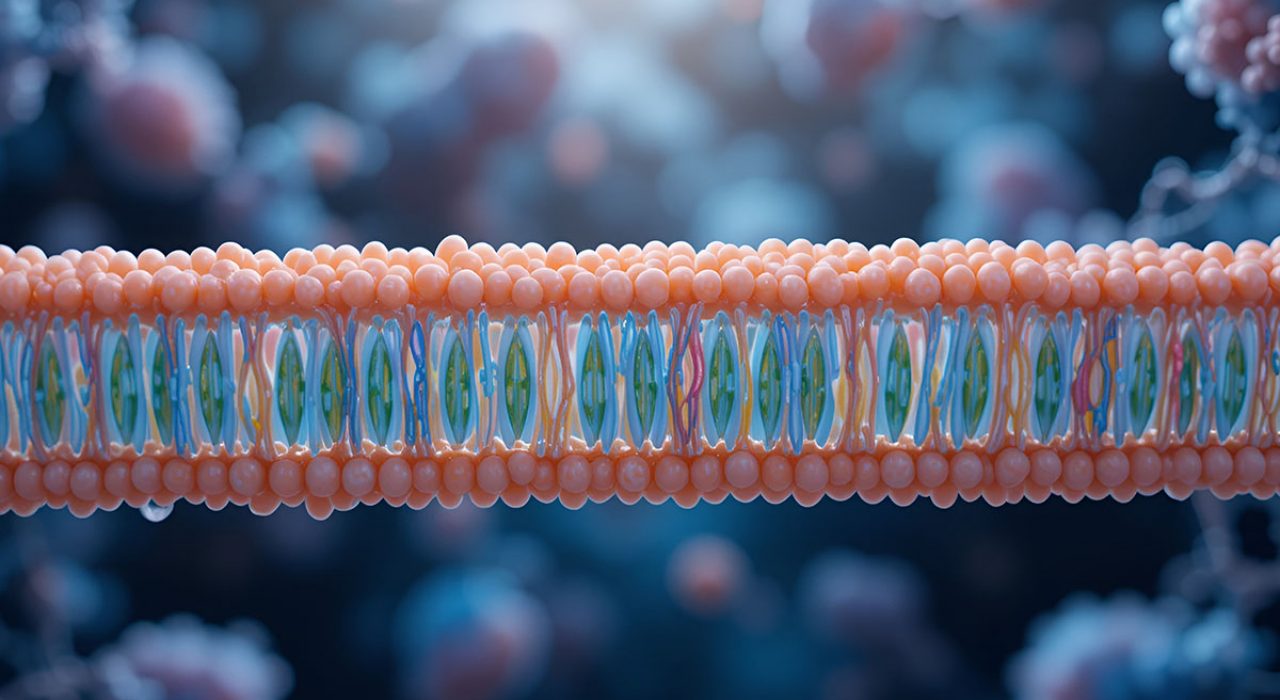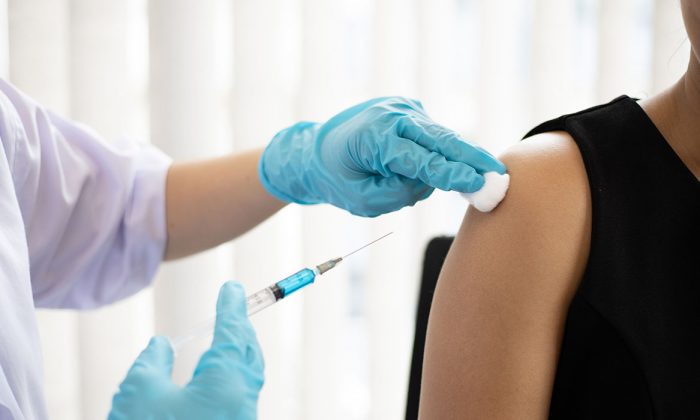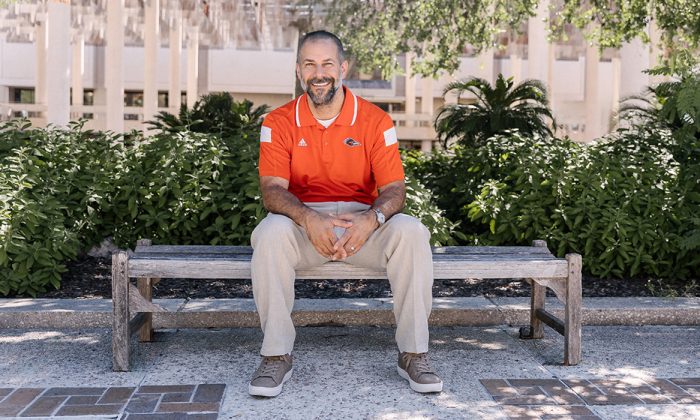The National Institutes of Health (NIH) has awarded significant funding to a team of researchers at The University of Texas at San Antonio who are conducting studies that could pave the way for new treatments of a wide range of diseases.
The funding will support research into the intricate relationship between ion channels, a class of proteins crucial for cellular communication, and their often-overlooked cellular partners, protein folding enzymes and lipids.
Ion channels are crucial gateways that enable electrical signaling throughout the human body. They control the flow of charged particles such as sodium (Na+), potassium (K+) and calcium (Ca2+) across cell membranes and enable the rapid electrical signaling needed for bodily functions, from thoughts to heartbeats.
The project aims to uncover how these essential proteins are regulated, said Assistant Professor of Chemistry Philipp Schmidpeter, PhD, who will spearhead the five-year study with trainees in his lab.

Hidden world of ion channels
“These channels are vital for processes such as muscle movement, heart function and nervous system communication, but, despite their vital importance, many aspects of how ion channels operate within living cells still remain largely unknown,” Schmidpeter said.
The team will focus on a family of ion channels called Transient Receptor Potential (TRP) channels, which play a key role in sensing pain and other sensory stimuli. TRP dysfunction also has been linked to a surprising number of diseases, including neurodegeneration and heart failure.
Typically, scientists studying ion channels isolate and purify them, stripping away their surroundings and eliminating interactions with other cellular components. Instead, Schmidpeter aims to observe them in their natural environment by preserving more of the surrounding membrane than was previously possible.
“In a cell, ion channels work in a complex, crowded environment, and interactions with other cellular components are frequently used to alter their function,” he said. “Most of these interactions are lost when we work with purified proteins. But now we’ll be studying the ion channels in situ to capture the full picture.”
To do this, the team will use sophisticated techniques such as cryo-electron microscopy (cryo-EM), functional stopped-flow experiments, lipidomics and cellular imaging to isolate ion channels while keeping their native membrane environment intact.
Molecular chaperones
The project’s unique approach will allow the team to study molecular chaperones — proteins that assist other proteins in folding correctly.
“Many ion channels require these chaperones to achieve their functional structures,” Schmidpeter said. Understanding how chaperones interact with ion channels could be pivotal in developing new drugs to treat diseases caused by ion channel misfolding.”
The molecular chaperones in focus are enzymes called peptidyl-prolyl cis/trans isomerases (PPIases). Recent studies suggest these enzymes may act as a regulatory switch for fully formed proteins, including ion channels.
The research will investigate how PPIases interact with ion channels and whether they can catalyze a subtle but important change in the channel’s structure — a process called prolyl isomerization — that alters its function.
“The connection between protein folding and fast electrical signaling could provide crucial insights into a variety of diseases linked to both PPIases and ion channel malfunction, such as neurodegeneration and cardiovascular diseases,” Schmidpeter said.
Role of lipids
Another key question the team will tackle is how the cell membrane, which is primarily made of lipids, directly affects TRP channel function.
“We know that changes in the overall membrane environment can have an effect, and there’s growing evidence that specific lipids that bind tightly to the proteins are critical for the channel’s activity,” Schmidpeter said.
The team will use advanced techniques to identify which lipids bind to TRP channels, where they bind and how this interaction affects the channel’s behavior. The results could reveal novel drug binding sites on these proteins, potentially unlocking new classes of drugs.
More effective drugs
Together, the projects are geared toward creating comprehensive models that explain ion channel functions in a cellular context, which can support the development of new and improved drugs.
“A better understanding of how lipids and chaperone molecules modulate ion channels could lead to the development of highly specific and more effective drugs, opening new therapeutic avenues for conditions that have so far been difficult to treat,” Schmidpeter said.
The project is funded by nearly $1.9 million from the NIH and supported by core facilities at UT San Antonio, including the Mass Spectrometry and Proteomics Core, the Cell Analysis Core and the Structural Biology Core at the Joe R. and Teresa Lozano Long School of Medicine.
With the new funding, Schmidpeter looks forward to expanding his team.
“Funding from the National Institutes of Health will not only enable our work but also allow us to include more students in the lab, supporting our mission of innovating while training the next generation of scientists,” he said.



